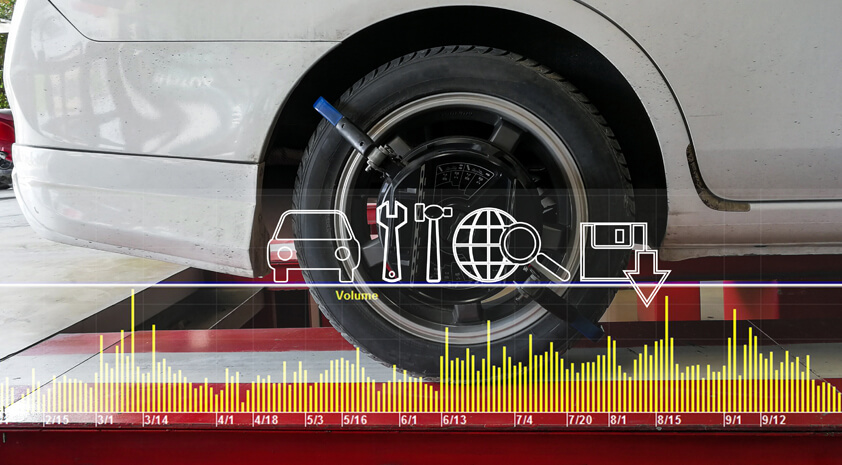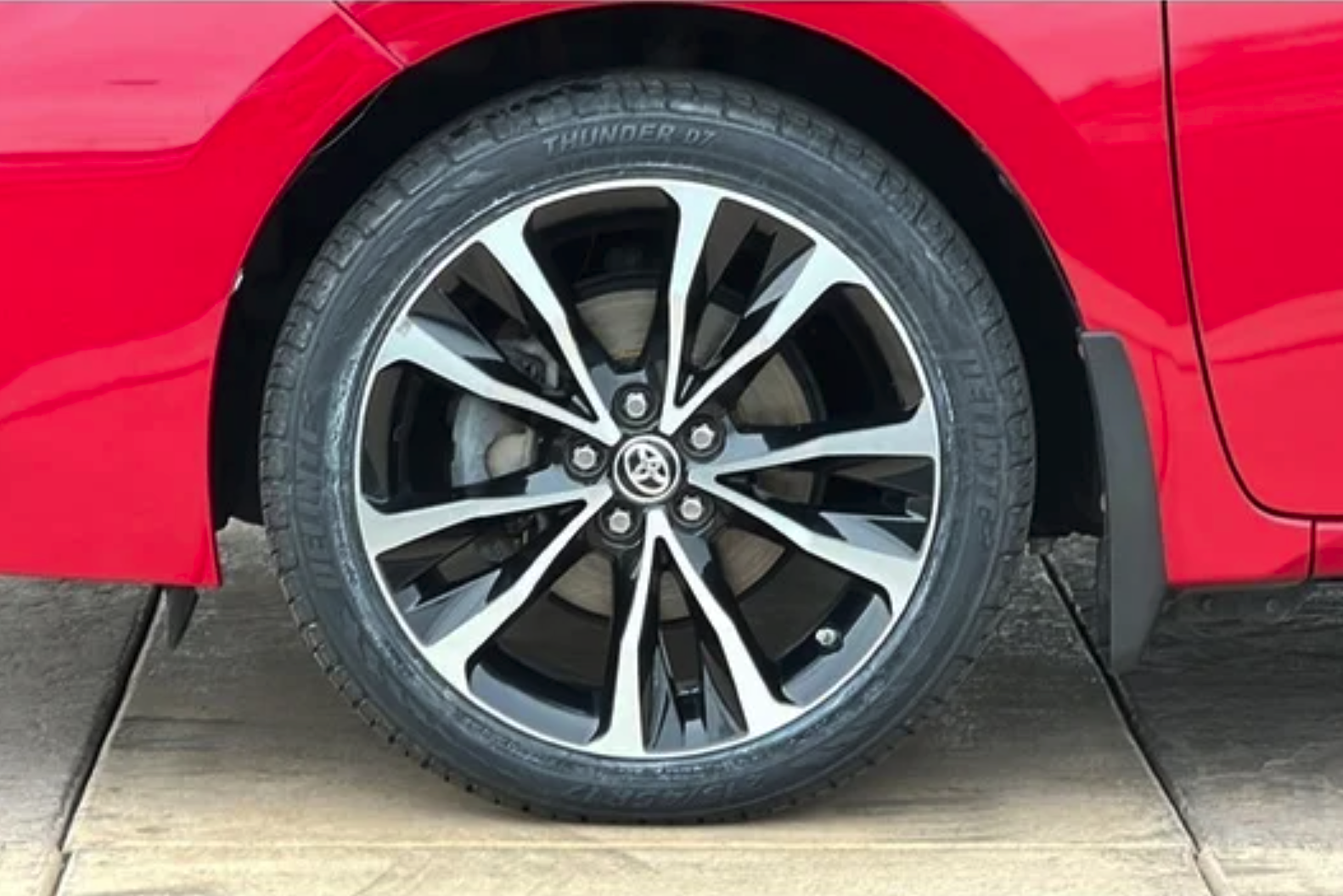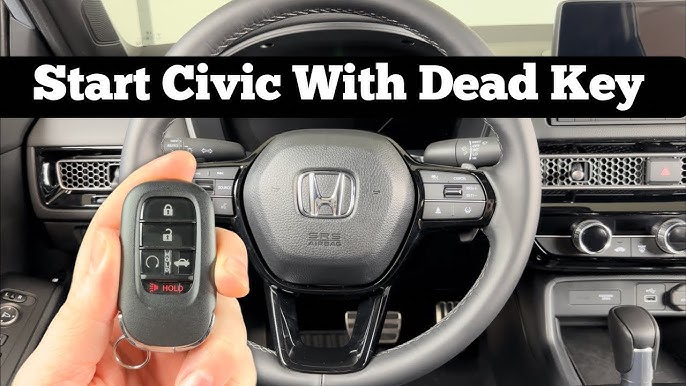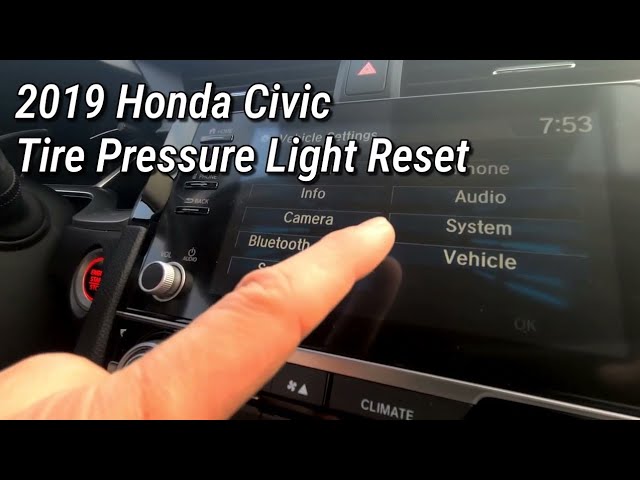As an Amazon Associate, I earn from qualifying purchases
Are your tires giving you the best ride possible? Proper tire pressure isn’t just about safety—it’s key to getting the most from your vehicle’s performance, fuel efficiency, and tire life.
But how do you know if your tires are properly calibrated? You’ll discover simple, effective steps to check and adjust your tire pressure like a pro. By the end, you’ll feel confident that your tires are set up to keep you safe and your car running smoothly.
Let’s get started and unlock your vehicle’s full potential!

Credit: www.amazon.co.uk
Importance Of Proper Tire Pressure
Proper tire pressure is essential for your vehicle’s performance and safety. It affects how your car handles, how much fuel it uses, and how long your tires last. Checking and adjusting tire pressure regularly keeps your car running smoothly and saves money.
Impact On Safety
Correct tire pressure improves vehicle control on the road. Tires with low pressure can cause poor steering and longer stopping distances. Overinflated tires may lead to a harsh ride and less grip. Both conditions increase the risk of accidents. Proper pressure ensures better traction and stability.
Effect On Fuel Efficiency
Tires with the right pressure reduce rolling resistance. This means the engine works less to move the car. Low tire pressure makes the engine use more fuel. Keeping tires inflated properly helps save fuel and lowers your driving costs. Small changes in pressure can affect mileage.
Influence On Tire Longevity
Proper tire pressure prevents uneven wear on the tires. Underinflated tires wear out faster on the edges. Overinflated tires wear more in the center. Both shorten tire life and increase replacement costs. Maintaining correct pressure extends tire durability and performance.
Tools Needed For Calibration
Calibrating tire pressure needs the right tools. Proper tools help keep your tires safe and improve driving. You need tools to check and adjust the pressure. Using good tools saves time and avoids mistakes.
Tire Pressure Gauge Types
A tire pressure gauge measures the air pressure inside tires. There are three main types: analog, digital, and dial. Analog gauges use a small needle to show pressure. Digital gauges give a clear number on a screen. Dial gauges have a round face with a needle. Choose a gauge that is easy to read and accurate.
Air Compressor Options
An air compressor adds air to tires. Portable compressors work well for quick fixes. They run on car batteries or plugs. Larger compressors work better for many tires. They plug into home outlets. Pick one that fits your needs and power source.
Additional Accessories
Other accessories make calibration easier. Valve caps protect the tire valve from dirt. A tire inflator with a built-in gauge combines tools. A pressure release tool helps reduce air safely. Keep a flashlight handy for night checks. These small tools improve the calibration process.
Steps To Measure Tire Pressure
Measuring tire pressure is a simple but important task. It helps keep your vehicle safe and running smoothly. Correct tire pressure improves fuel efficiency and extends tire life. Follow these clear steps to check your tire pressure accurately.
Finding The Recommended Pressure
Look for the recommended tire pressure in your car manual. It is often found on a sticker inside the driver’s door. This number shows the ideal pressure for your tires. Using this pressure keeps the tires balanced and safe.
Checking Pressure When Tires Are Cold
Always check tire pressure when tires are cold. Cold tires mean the car has been parked for at least three hours. Heat from driving can raise pressure and give false readings. Cold tires show the true pressure level.
How To Use A Pressure Gauge
Remove the valve cap from the tire. Press the pressure gauge firmly on the valve stem. Wait for the gauge to show the pressure reading. Compare this reading to the recommended pressure. Add or release air as needed to reach the ideal number.

Credit: newsmartsafe.com
Adjusting Tire Pressure Correctly
Adjusting tire pressure correctly is key to your vehicle’s safety and performance. Proper pressure improves fuel efficiency and tire life. Overinflated or underinflated tires cause uneven wear and poor handling.
Check tire pressure regularly, especially before long trips. Use a reliable pressure gauge for accurate readings. Adjust each tire to the manufacturer’s recommended pressure, found on the driver’s door or owner’s manual.
Adding Air Safely
Start by removing the valve cap from the tire. Press the air hose nozzle firmly onto the valve stem. Add air in short bursts to avoid overinflation. Stop and check the pressure often with your gauge. Replace the valve cap tightly after adding air.
Releasing Excess Air
To release air, press the small pin inside the valve stem. Do this gently to avoid too much air loss. Check the pressure frequently during the process. Stop releasing air once the tire reaches the correct pressure. Always replace the valve cap securely afterward.
Balancing Pressure On All Tires
Check all tires, including the spare, for consistent pressure. Uneven pressure affects vehicle handling and tire wear. Adjust each tire to the recommended level. Keep a regular schedule to maintain balanced tire pressure. Balanced tires lead to safer and smoother drives.
Tips For Maintaining Optimal Pressure
Keeping your tire pressure at the right level helps your car drive better and stay safe. Proper pressure saves fuel and stops tires from wearing out fast. Here are simple tips to keep your tire pressure just right.
Routine Pressure Checks
Check your tire pressure at least once a month. Do it before you start driving, when tires are cold. Use a good pressure gauge for best results. Write down the numbers and compare them to your car’s recommended pressure. Adjust the air if needed. Regular checks avoid surprises on the road.
Seasonal Adjustments
Tire pressure changes with the weather. Cold air makes pressure drop, warm air makes it rise. In winter, add a little air to keep pressure stable. In summer, release some air if pressure goes too high. Adjusting pressure by season keeps your tires safe and lasting longer.
Monitoring For Leaks
Leaks cause slow air loss and unsafe driving. Look for cracks, nails, or objects stuck in tires. Listen for hissing sounds. Spray soapy water on tires to find bubbles from leaks. Fix leaks quickly to keep pressure steady and avoid tire damage.

Credit: www.dublintoyota.com
Common Mistakes To Avoid
Calibrating tire pressure is simple but requires care. Mistakes can reduce tire life and cause safety issues. Avoid common errors to keep your ride smooth and safe. Here are key mistakes to watch out for.
Overinflation Risks
Too much air pressure makes tires hard and less flexible. This reduces traction and increases wear in the center of the tire. Overinflated tires can cause a bumpy ride and increase the chance of damage from road bumps.
Underinflation Consequences
Low tire pressure makes tires soft and causes more friction with the road. This leads to higher fuel use and faster tire wear on the edges. Underinflated tires also heat up more, raising the risk of a blowout.
Ignoring Manufacturer Guidelines
Tire pressure numbers from the car maker are not random. They are tested for the best balance of comfort, fuel efficiency, and safety. Using the wrong pressure can harm your tires and affect vehicle control. Always check the sticker inside the driver’s door or the owner’s manual.
Advanced Calibration Techniques
Advanced calibration techniques help you get the best tire performance. They go beyond basic pressure checks. These methods improve safety, tire life, and fuel efficiency. You can tailor tire pressure to your exact needs.
Using Digital Monitoring Systems
Digital systems show real-time tire pressure data. They alert you to sudden pressure drops. This helps prevent accidents and tire damage. Some systems connect to your phone or car display. They make pressure monitoring easy and precise.
Calibrating For Different Driving Conditions
Adjust tire pressure based on the road and weather. Lower pressure works better on rough roads for extra grip. Higher pressure suits smooth highways for better fuel use. Cold weather requires slightly higher pressure. Hot conditions may need a small decrease.
Customizing Pressure For Load Variations
Change tire pressure depending on how much weight you carry. Heavy loads need higher pressure to support the extra weight. Light loads require less pressure for a softer ride. Check your vehicle manual for recommended values. Adjust pressure before every trip for safety.
Frequently Asked Questions
What Is Tire Pressure Calibration And Why Is It Important?
Tire pressure calibration means setting tires to the right air pressure. It helps your car drive safely and saves fuel.
How Often Should I Check And Calibrate Tire Pressure?
Check tire pressure at least once a month and before long trips for best performance.
What Tools Do I Need To Calibrate Tire Pressure Accurately?
A reliable tire pressure gauge and an air compressor or pump are essential for accurate calibration.
Can Improper Tire Pressure Affect My Vehicle’s Performance?
Yes, wrong tire pressure can cause poor fuel economy, uneven tire wear, and unsafe handling.
What Is The Recommended Tire Pressure For Most Cars?
Check the sticker inside the driver’s door or the owner’s manual for the exact recommended pressure.
How Do Temperature Changes Affect Tire Pressure Calibration?
Tire pressure drops in cold weather and rises in hot weather, so adjust accordingly for safety.
Conclusion
Keeping tire pressure correct boosts safety and saves fuel. Check pressure regularly with a reliable gauge. Adjust tires when cold for best results. Proper pressure improves tire life and driving comfort. Small efforts lead to big performance gains. Take a few minutes before each trip.
Your car and wallet will thank you. Simple steps make a big difference on the road.
As an Amazon Associate, I earn from qualifying purchases


